Zimbabwe travel tips
Zimbabwe travel tips: Located in southern Africa, is known for Victoria Falls and diverse landscapes. Rich culture, wildlife, and historical sites abound.
Provinces 🌎
Zimbabwe travel tips. Here is a list of all the provinces of the Zimbabwe.

Harare
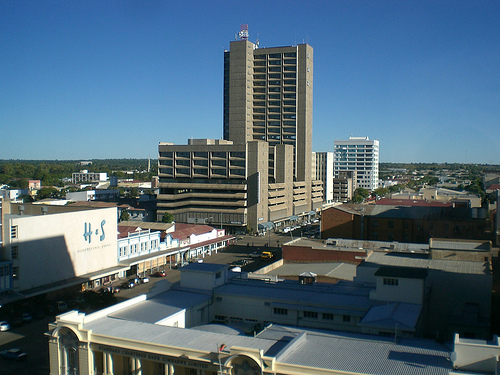
Bulawayo

Manicaland

Mashonaland Central
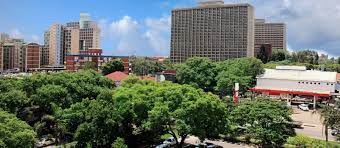
Mashonaland East
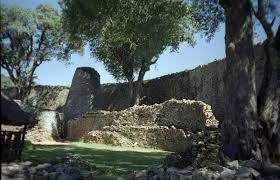
Masvingo

Matabeleland North
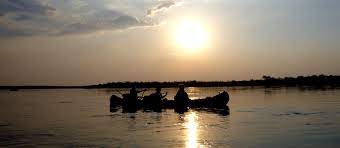
Mashonaland West

Matabeleland South
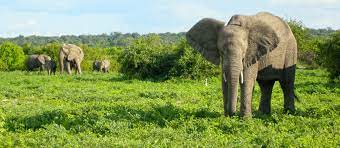
Midlands
Before you go 🛩
Important information you should know before your trip
Info
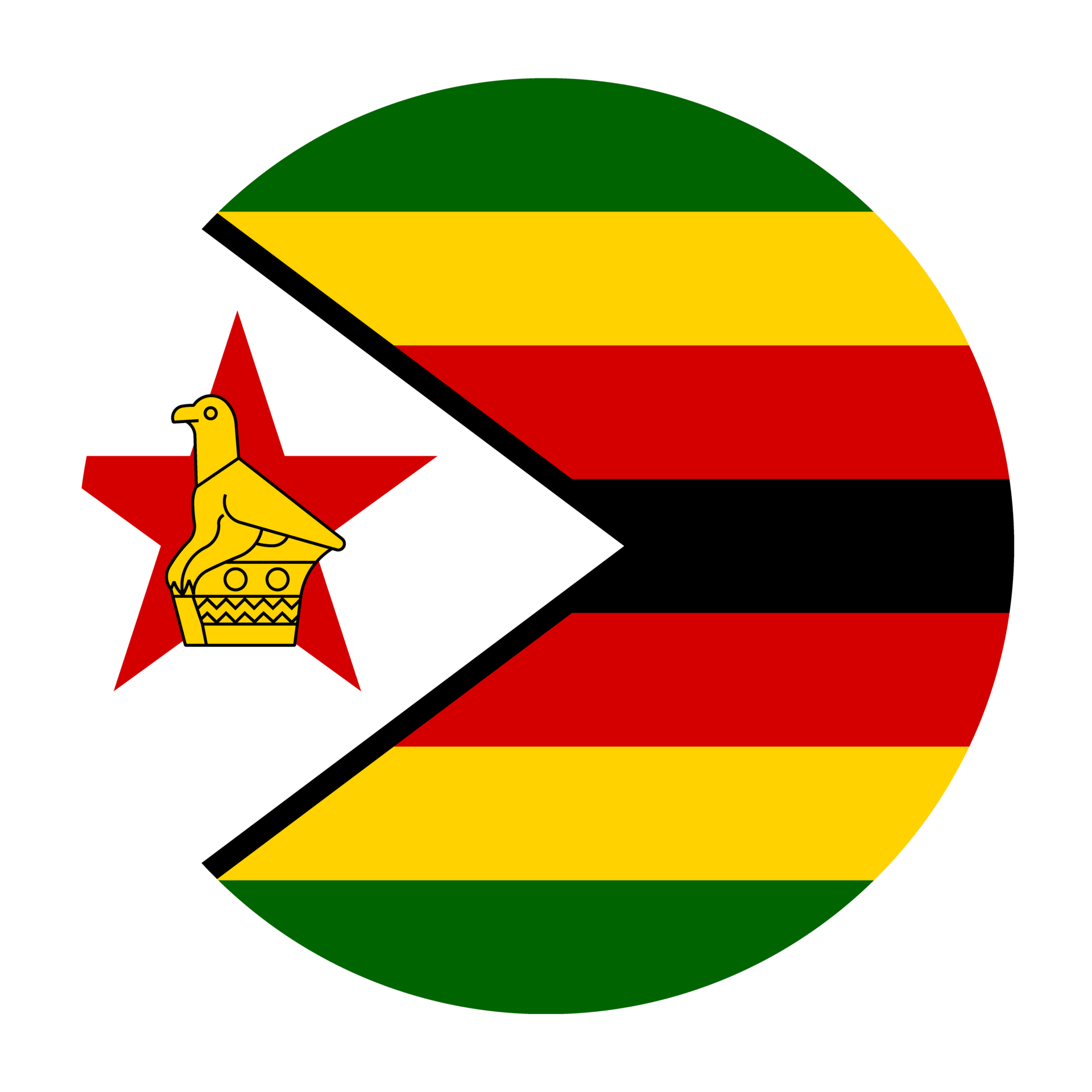
Capital | Harare
Flag Codes:
ISO alpha-2 ZW,
ISO alpha-3 ZWE
Currency
Badge | Zimbabwean Dollar
CODE | ZWL
NUMBER | 932
SYMBOL | $
FRACTION | penny
Mobile Coverage
Dialing Code | +263
SIM Card
Coverage | 3G / 4G / 5G |
Mobile Networks | Econet Mobile | NetOne Mobile | Telecel Mobile |
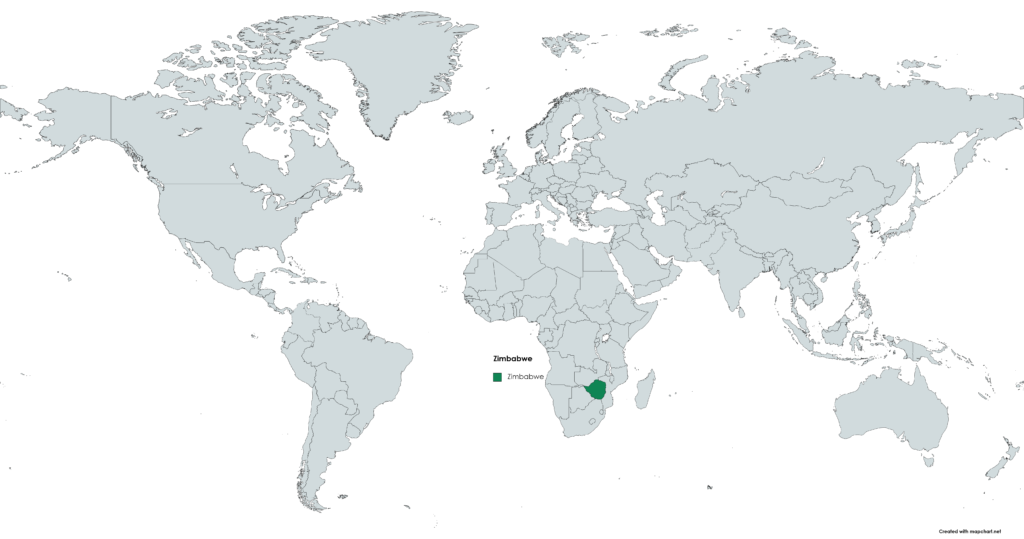
Location
Zimbabwe is a landlocked country located in the southern part of Africa. It is situated in the southeastern region of the African continent. Here are the geographic coordinates and neighboring countries of Zimbabwe: Latitude: Zimbabwe is located between approximately 15 degrees and 22 degrees south latitude. Longitude: The country spans roughly 26 degrees to 33 degrees east longitude.
Zimbabwe is known for its diverse landscapes, including high plateaus, mountains, savannahs, and national parks. The capital city of Zimbabwe is Harare, which is located in the northern part of the country. Zimbabwe’s geographical location in southern Africa makes it a country with a variety of natural attractions, including Victoria Falls, one of the most famous waterfalls in the world, situated on the Zambezi River along the country’s northern border with Zambia.
Currency
The currency of Zimbabwe is the Zimbabwean Dollar, abbreviated as ZWL or Z$ (ISO code: ZWL).
The country has a history of currency instability, hyperinflation, and currency changes.
The Zimbabwean Dollar has gone through various reforms and reintroductions over the years in an attempt to stabilize the economy.
Please note that the currency situation in Zimbabwe can change rapidly due to economic factors and government policies.
It’s advisable to check with reliable sources or financial institutions for the most up-to-date information regarding the currency in Zimbabwe.
Additionally, foreign currencies like the United States Dollar and the South African Rand are sometimes used alongside or instead of the Zimbabwean Dollar in transactions, depending on the availability of cash and the local economy’s conditions.
Languages
Zimbabwe is a linguistically diverse country with several languages spoken by its population. English is the official language and is commonly used in government, education, and business. However, there are several indigenous languages spoken by different ethnic groups in Zimbabwe. Some of the major languages spoken in Zimbabwe include:
Shona: Shona is the most widely spoken indigenous language in Zimbabwe and is spoken by the Shona ethnic group, which constitutes the majority of the population. There are several dialects of the Shona language, including Zezuru, Manyika, Korekore, and Karanga.
Sindebele (Ndebele): Sindebele, often referred to simply as Ndebele, is spoken by the Ndebele people, who primarily reside in the Matabeleland region of Zimbabwe. It is one of the country’s major indigenous languages.
Chewa: Chewa is spoken by the Chewa ethnic group in parts of Zimbabwe, particularly in the eastern regions.
Chibarwe: Chibarwe is spoken by the Chibarwe ethnic group in southeastern Zimbabwe.
Chitonga (Tonga): Chitonga, commonly known as Tonga, is spoken by the Tonga people in the northern part of Zimbabwe, particularly in the Zambezi Valley.
Nambya: Nambya is spoken by the Nambya people in the western part of Zimbabwe, particularly in the Hwange District.
Kalanga: Kalanga is spoken by the Kalanga ethnic group in the western part of Zimbabwe, primarily in the Bulilima and Mangwe districts.
Sotho: Sesotho (Sotho) is spoken by a minority of people in Zimbabwe, mainly in the eastern highlands.
Venda: Venda is spoken by a minority of people, particularly in the southern regions of Zimbabwe.
English: English, as mentioned earlier, is the official language and is widely used for government, education, and business purposes. It is also the medium of instruction in schools.
Climate 🌡
Zimbabwe experiences a variety of climatic conditions due to its diverse topography and geographic location in southern Africa. The country can be broadly divided into several climatic regions, each with its own characteristics. Here are the main climate zones in Zimbabwe:
Tropical Wet and Dry Climate (Aw):
This climate zone covers the northern and northwestern parts of Zimbabwe.
Characteristics: It features distinct wet and dry seasons. The wet season typically occurs from November to March, bringing heavy rains. The dry season, with lower humidity and cooler temperatures, occurs from May to September.
Regions: Cities like Victoria Falls, Kariba, and Hwange fall within this zone.
Savannah Climate (Aw):
Much of the central and eastern parts of Zimbabwe have a savannah climate.
Characteristics: This climate zone is characterized by a wet season during the southern hemisphere’s summer months (November to March) and a dry season during the winter months (May to September).
Regions: Harare, the capital city, and Mutare are examples of cities in this climate zone.
Semi-Arid Climate (BSh and BSk):
The southern and southwestern regions of Zimbabwe have a semi-arid climate.
Characteristics: This region experiences hot summers and generally dry conditions. Rainfall is less frequent and often occurs during the summer months.
Regions: Bulawayo and Beitbridge are located in this semi-arid zone.
Highland or Mountain Climate (Cwb):
The eastern highlands of Zimbabwe, including areas like Nyanga, experience a highland climate.
Characteristics: This region has milder temperatures due to its higher elevation. Summers are cooler, and winters can be quite cold. Precipitation is relatively evenly distributed throughout the year.
Desert Climate (BWk):
The southwestern part of Zimbabwe, near the border with Botswana, has desert-like conditions.
Characteristics: This region is characterized by low rainfall, high temperatures, and arid landscapes. Vegetation is adapted to desert conditions.
Microclimates:
Some areas within Zimbabwe have unique microclimates due to local topography and geographical features. For example, the Matobo Hills region has its own microclimate, which differs from the surrounding areas.
Zimbabwe travel tips
If you’re planning a trip to Zimbabwe, here are some travel tips to enhance your experience:
Visa:
Check visa requirements before travel; obtain necessary visas for your stay.
Weather:
Pack according to the season; be prepared for hot temperatures and occasional rain.
Wildlife:
Explore national parks like Hwange for incredible wildlife experiences. Follow park rules and guidelines.
Victoria Falls:
Visit this UNESCO World Heritage site; consider activities like bungee jumping and river cruises.
Transportation:
Use reputable transport services. Domestic flights, buses, and taxis are available. View Guide.
Civic Etiquette:
Use your right hand for greetings and when giving or receiving items.
Enjoy Nature:
Zimbabwe offers stunning landscapes; immerse yourself in its beauty and diverse cultural experiences.
Enjoy your time in Zimbabwe!

The best of the best
Zimbabwean cuisine is influenced by the country’s diverse ethnic groups and agricultural practices. The cuisine features a variety of ingredients, including maize (corn), vegetables, meats, and grains.
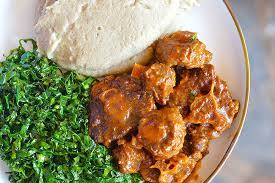
Sadza
Sadza, also known as sadza or pap in other parts of Africa, is a staple food in Zimbabwe. It’s a stiff porridge made from maize meal (cornmeal) and water.

Nyama
Nyama means meat in Shona, one of the major languages spoken in Zimbabwe.
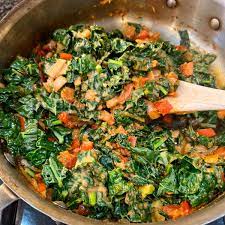
Muriwo unedovi
This is a common side dish made from boiled pumpkin leaves or spinach, cooked with peanut butter. It’s flavorful and nutritious.
Here are some typical foods and dishes commonly enjoyed in Zimbabwe:
Bota: Bota is a traditional porridge made from sorghum or millet and is similar to sadza but with a smoother texture. It is often sweetened with sugar and flavored with milk, making it a popular breakfast dish.
Dovi: Dovi is a peanut stew made with chicken or meat. It is flavored with ground peanuts and spices and often served with sadza.
Mopane Worms: Mopane worms are a type of edible caterpillar found in southern Africa. They are a delicacy and are often dried and cooked in stews or fried until crispy.
Boerewors: Boerewors is a South African sausage that is also popular in Zimbabwe. It is often grilled and served with sadza or as a street food.
Chibage: Chibage refers to roasted or boiled maize, often enjoyed as a snack. It is also used to make dishes like mazondo (tripe and maize) and chimodho (roasted maize).
Maheu: Maheu is a traditional Zimbabwean drink made from fermented maize meal. It has a thick, creamy texture and can be flavored with ingredients like ginger, vanilla, or banana.
Local Fruits: Zimbabwe has a variety of indigenous fruits, including wild berries, guavas, mangoes, and baobab fruit, which are often eaten fresh or used in dishes and beverages.
Zimbabwean cuisine reflects the country’s agricultural traditions and the influence of various ethnic groups. It offers a range of flavors and textures, making it an interesting and diverse culinary experience for both locals and visitors.
Transportation 🚥
More information about this country
Choose your destination 📍🗺
Useful Links ✅



